Most Popular Online CME Topics for 2019
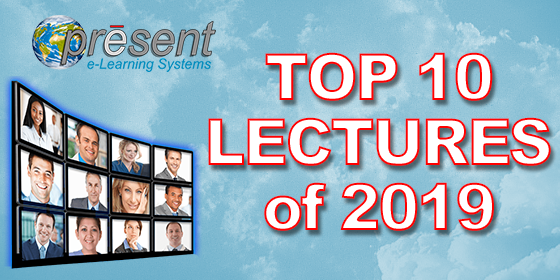
The PRESENT Podiatry Online Lecture Hall has been a very busy place so far this year. Our members continue to view more lectures and earn more CME than ever before. Look out for 4 new Board Review packages incorporating the new ACFAOM Review Text in Podiatric Orthopedics and Medicine, 3rd Edition, which we’ll be releasing later this month. Later this year, special state-specific packages, just the right size and priced at a discount, will be available for you to earn the exact number of CMEs your states allow you to earn online. PRESENT Podiatry has been your best source for online Podiatry CME since 2005 and we continue to develop ways to make the task of earning our CMEs as convenient, inexpensive, and as educationally enriching as it can be.
Ever wonder what your podiatric colleagues are most interested in? These were the Most Popular lectures viewed for CME so far in 2019, in order of their popularity:
1. Implications of Lymphatic Dysfunction and Failure
Heather Hettrick, PT, PhD, CWS, CLT-LANA, CLWT discusses basic principles of lymphatic pathophysiology and it's clinical significance.
Ryan Fitzgerald, DPM discusses biofilm-based wound management (BBWM) that aims at reducing re-formation during and after a surgical debridement. Dr Fitzgerald also reviews the properties of an ideal topical antimicrobial as well as discussing their clinical outcomes. He also describes case studies that utilize BBWM strategies for the treatment of chronic wounds.
3. The Use of Human Placental Tissue Allograft in the Treatment of Lower Extremity Wounds
Brandon Hawkins, DPM, CWS discusses the various types of human placental-based tissues available, their advantages, disadvantages and their application. Dr Hawkins cites specific studies and cases to support his statements.
4. Ankle vs Subtalar Instability
Marie L Williams, DPM, DHL discusses the etiological and pathomechanical differences between ankle and subtalar joint instability as well as proposed treatment plans to adDress both pathologies.
5. 2nd MPJ Pathology and Treatment
Bruce Werber, DPM discusses 2nd MPJ pathology including etiology, diagnosis, along with conservative and surgical treatment options for repair.
6. Drugs for Bugs - The DFI Microbiome and Treatment
Warren Joseph, DPM discusses the 2012 IDSA diabetic foot guidelines regarding wound culturing and antibiotic selection as well as the newer technologies that are being used to diagnose infection. Dr Joseph also goes into detail about the different technologies available to identify microbiology on a molecular level.
7. A Sports Medicine Approach to Treating Common Foot Injuries
Jay Spector, DPM discusses old versus new treatments for sports medicine pathologies with evidence-based research. Dr Spector also discusses how a sports medicine approach can help identify underlying pathology that will help with the success of patients looking past the present illness and more at a long-term plan to prevent recurrence.
Michael Troiano, DPM discusses the anatomy of an ankle fracture as well as reviews common classifications of these fractures. Dr Troiano also addresses treatment options and possible surgical interventions available.
Marie Williams, DPM discusses the etiology and mechanism of injury of Achilles tendon ruptures. Dr Williams discusses clinical findings as well as comparing non-surgical and surgical treatment options for Achilles tendon ruptures.
Marc A Benard, DPM discusses the etiology, symptomatology, and biomechanical problems associated with Pes Cavus. Dr Benard examines and recommends radiological techniques and orthotic corrections. He briefly touches on surgical correction.

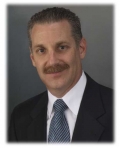
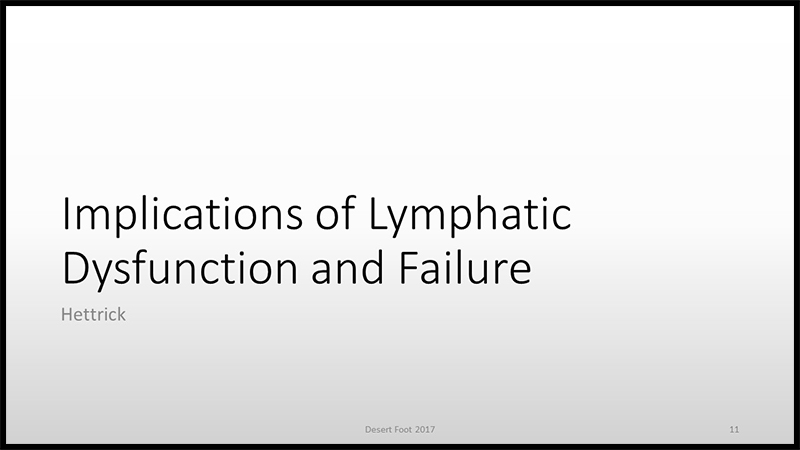
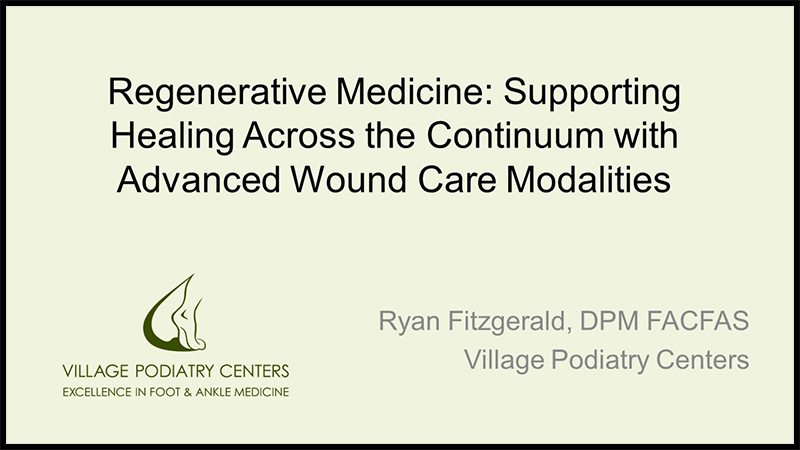
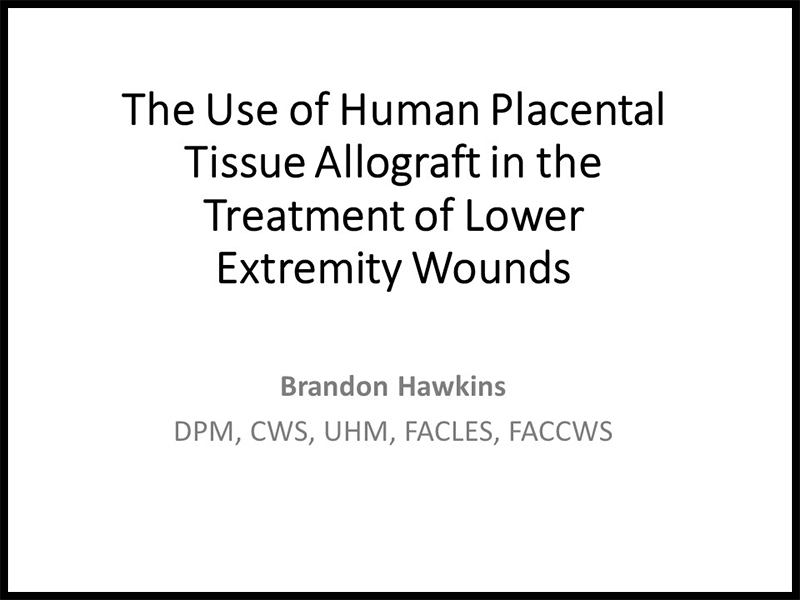
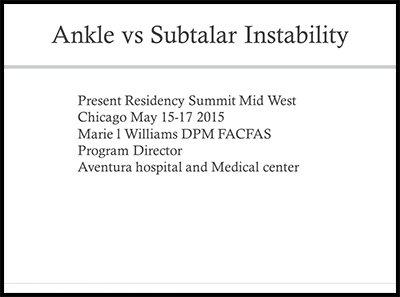
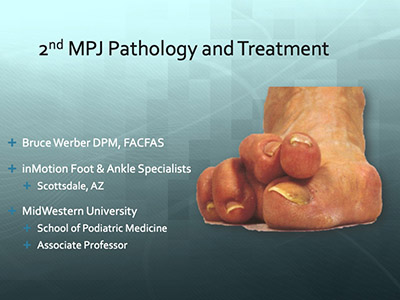
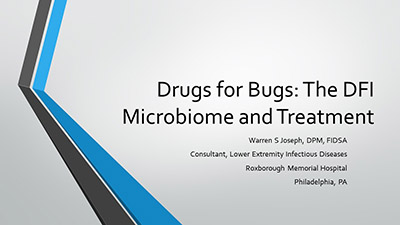
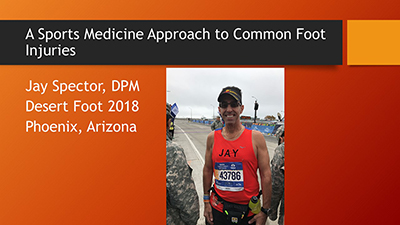
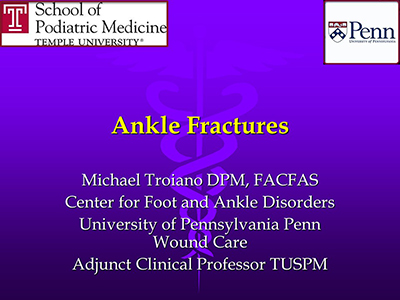
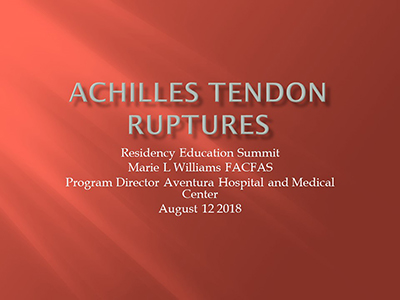
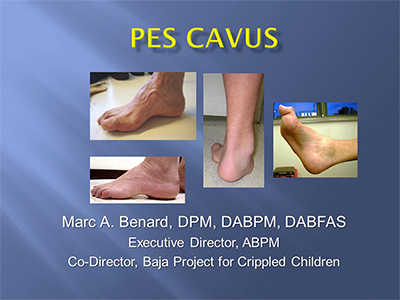

Comments
There are 0 comments for this article